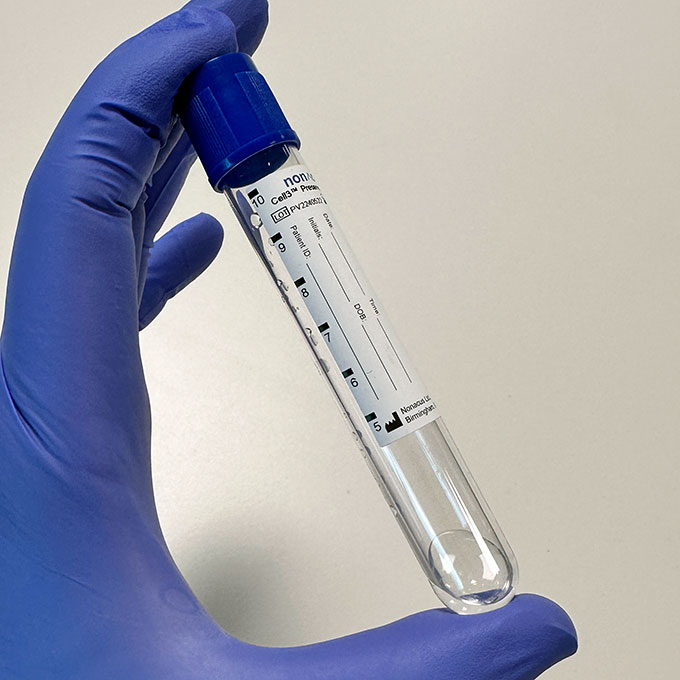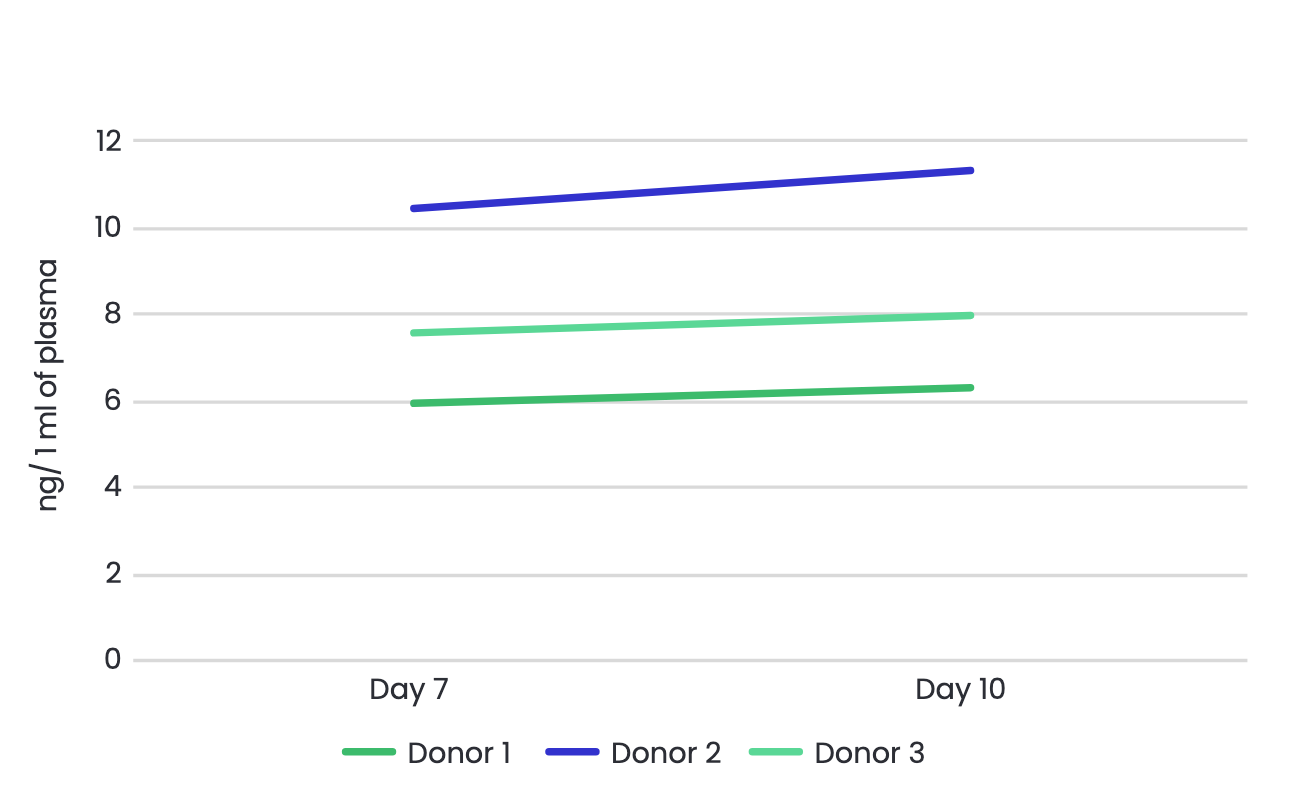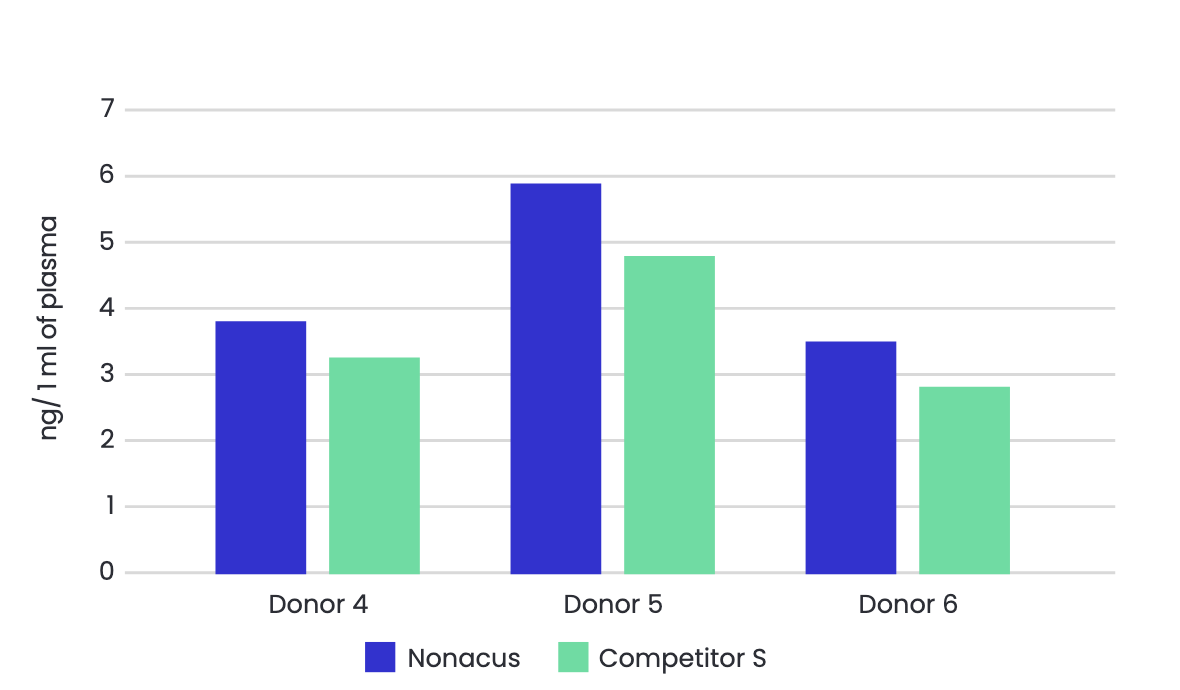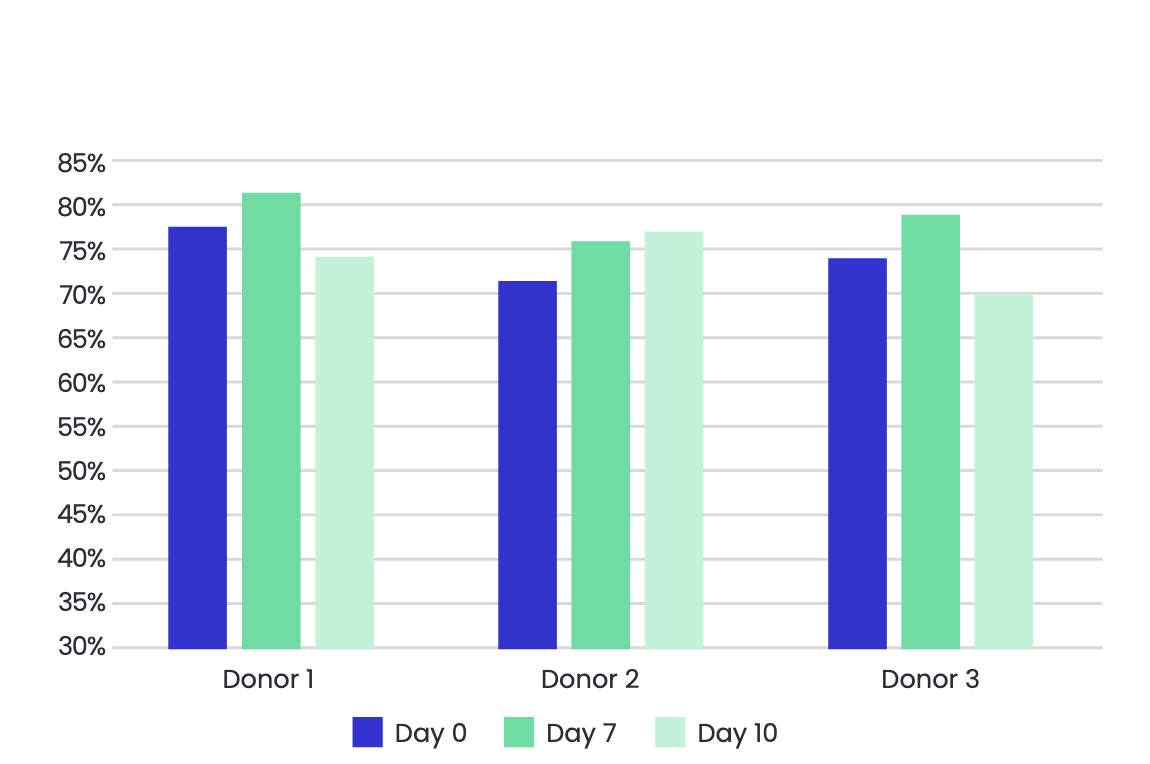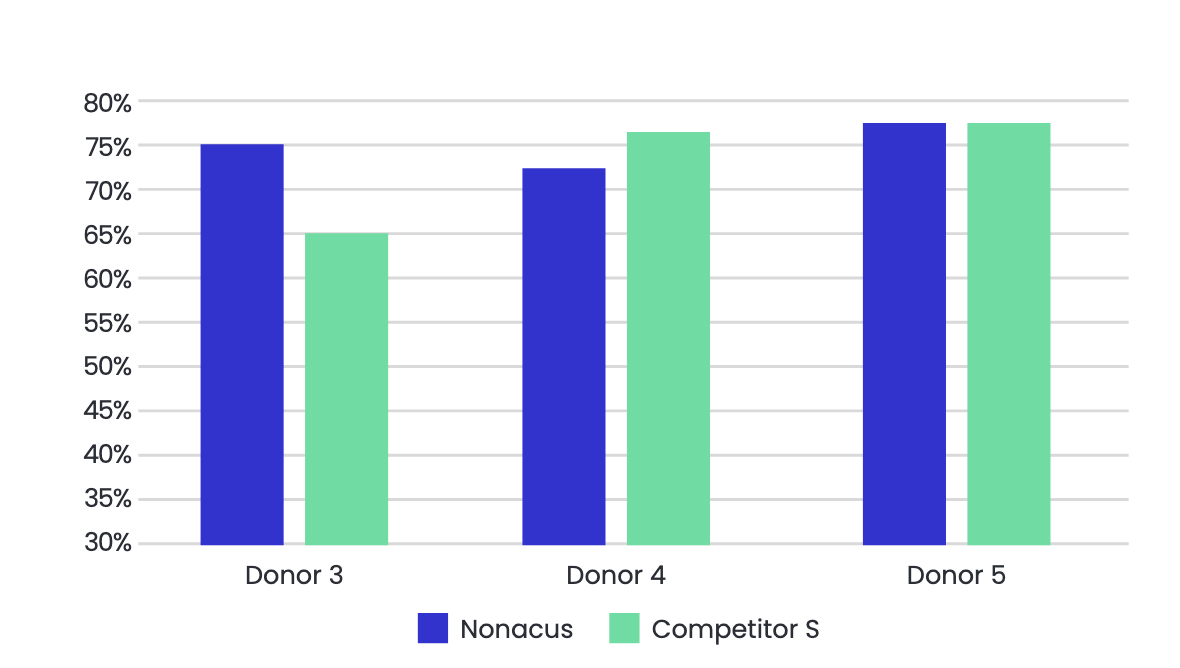The importance of blood collection methods in cell-free DNA applications
The introduction of non-invasive methods like liquid biopsy that use cell-free DNA (cfDNA) for molecular diagnostics has been of growing interest in oncology. DNA from whole blood can provide valuable genomic information for healthcare professionals without the need for tissue biopsies.
Whilst taking a blood sample is a simple procedure, if blood plasma is not preserved or isolated within 24 hours of blood draw, the degradation of nucleated white blood cells will cause the release of intracellular genomic DNA (gDNA) into the plasma. This can contaminate the cfDNA fraction affecting the reliability and validity of data. This time constraint means that any delays in transport of samples from collection site to analysis location can negatively impact on results.
The Cell3 Preserver blood collection tubes are an easy-to-use, direct-draw blood collection method that maintain white blood cell integrity for up to 10 days. They provide an alternative to EDTA tubes that help ensure collection of contamination-free cfDNA.
Key Features
- Stabilizes whole blood for up to 10 days post blood draw for batching samples for countrywide or international shipping.
- Preserves high quality cell-free DNA for use in downstream applications, such as qPCR and NGS.
- Plastic tubes, compatible with standard draw equipment, reduce the chance of glass breakage during transport or centrifugation.
- Barcoded labels allow seamless integration with your existing automation and laboratory management systems.
- Ready to use directly from the box (no plastic wrapping)
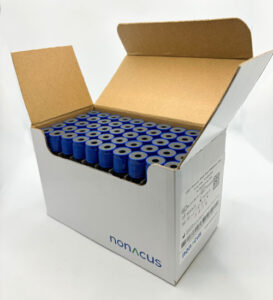
Maximize cfDNA yield
Blood is collected into Cell3 Preserver tubes which contain an additive to simultaneously stabilize blood cells and impede coagulation. The stabilizer preserves white blood cells, preventing lysis and the release of intracellular gDNA into the plasma.
This ensures cfDNA yields are optimised and remain stable for up to 10 days until processing and analysis can be performed.
Minimise gDNA contamination
Lysis of white blood cells (WBC) results in the release of gDNA into plasma contaminating samples and reducing cfDNA integrity. Cell3™ Preserver tubes ensure that WBCs are stabilized over 10 days preventing lysis and preserving blood samples to ensure good quality cfDNA.
cfDNA sample quality, assessed with the Tapestation 4200 cfDNA assay, shows concentrations of >70% cfDNA at blood draw (day 0) and comparable %cfDNA for up to 10 days post draw.
Electropherograms show the typical profile for good quality cfDNA samples with a strong peak at 201 base pairs
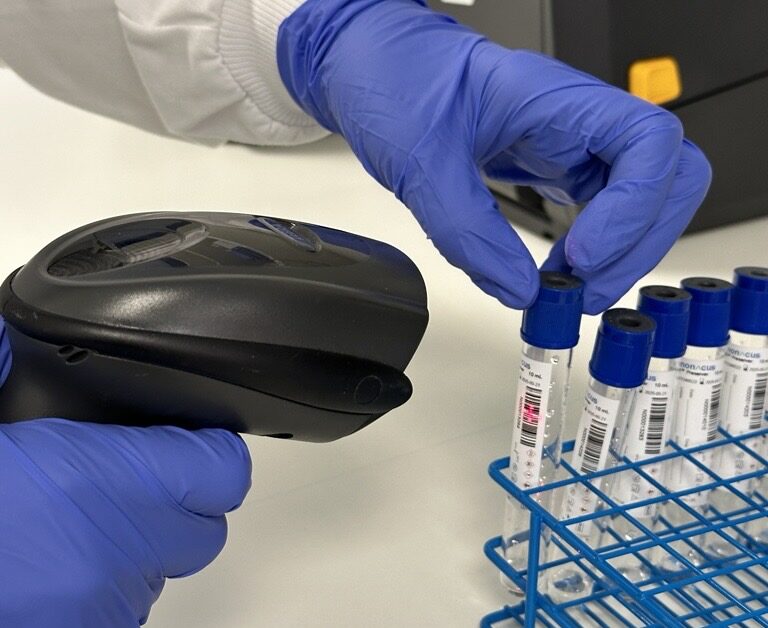
Designed to support streamlined workflows
The Cell3 Preserver blood collection tube has been designed for sample collection and shipment from around the world helping centralized lab facilities streamline their workflows.
Plastic tubes reduce the chance of tube breakage during transportation and centrifugation.
A sample barcode is included to allow LIMS compatibility, sample tracking and to assist high throughput clinical and translational labs.
Suitable for batching and transporting samples
Cell3 Preserver has superior blood cell stability allowing blood samples to be stored for up to 10 days after blood draw at ambient temperatures before processing. This minimizes the adverse effects of time, storage, and transport conditions on sample integrity and cfDNA extraction yield and opens up the possibility of decentralized sample collection.
For Research Use Only. Not for use in diagnostic procedures.
See our customer publications
| FEATURE | SPECIFICATION |
|---|---|
| Tube size | 16 x 100 mm |
| Stabilization | Pre-draw, up to 12 months stored between 15-25ºC Post draw, up to 10 days at temperatures between 15-25°C DO NOT freeze Cell3 Preserver tubes |
| Draw volume | 10 ml |
| Label type | Paper |
| Quantity | 10 or 50 tubes/box |
| Additive/concentration | Additive 1.0ml |
| Product | Catalog No. |
| Cell3 Preserver: Whole Blood Stabilization Tubes (10 Tubes) | PRE_C3P_WBS_10_v2 |
| Cell3 Preserver: Whole Blood Stabilization Tubes (50 Tubes) | PRE_C3P_WBS_50_v2 |
How long can I store a blood sample in the Cell3 Preserver tubes?
The Cell3 Preserver tubes are designed to stabilize whole blood for up to 10 days at a range of storage temperatures (15°C–25°C).
What is the shelf life of Cell3 Preserver tubes once they have been delivered?
Tubes can be stored at 15-25°C for 12 months before use and are stable for ambient shipment. Tubes should be stored in the cardboard packaging and away from direct sunlight or UV. Cell3 Preserver tubes are not suitable for freezing.
Is it normal for the plasma to have a pink coloration when using the Cell3™ Preserver tubes?
Yes, you may see some slight pink coloration to the plasma due to the lysis of red blood cells. Cell3 Preserver tubes contain additives which protect white blood cells from lysis and prevent genomic DNA contamination in the plasma sample. However, red blood cells have thinner walls and may break down in a process called hemolysis giving the pink colouration. However, as red blood cells do not contain DNA their lysis will not contribute to any genomic DNA contamination in the plasma sample.
